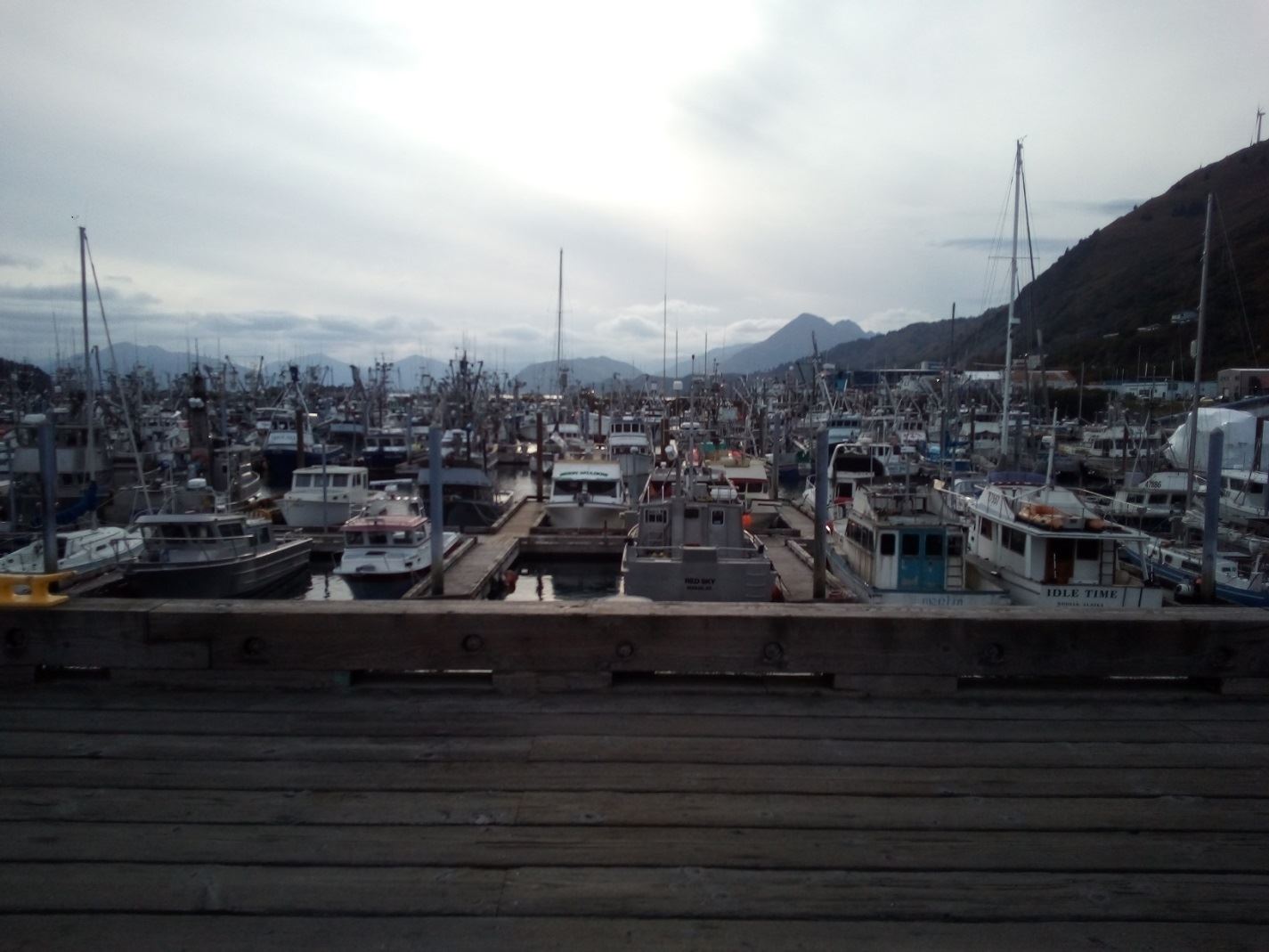The following article was written by 2019 Donna Matthews Professional Development Fund conference scholarship recipient Randi Gryting.
 At the AHS-MA 2019 Kodiak conference, I attended a workshop led by Ellen Carrlee, where I learned the value of detailed condition reporting. Information about an artifact that is collected and recorded can be a baseline for future comparison.
At the AHS-MA 2019 Kodiak conference, I attended a workshop led by Ellen Carrlee, where I learned the value of detailed condition reporting. Information about an artifact that is collected and recorded can be a baseline for future comparison.
This data is invaluable because it can indicate that specific damage was pre-existing, that an object is actively deteriorating, that poor environmental conditions exist, or that the object is or is not suitable for loan or for exhibit. These recorded details can help identify a lost object or be the determining factor if there is confusion between two (or more) similar objects. The condition report can be part of the evidence if something is stolen. It may support an insurance claim, it might alert staff to look for a piece that is missing, and it can influence acquisition decision-making. Detailed condition reports may help plan improvements to preservation environments.
Carrlee explained that when filling out a condition report, it is important to be very thorough and to not use simple categories such as Excellent/Good/Fair/Poor to describe the artifacts. Broad categories like this are not sufficiently descriptive. Critical/Serious/Slightly Damaged/Stable Condition Currently are better choices; however, a complete description of every notable part of the object is desired. It is very helpful to use photographs and/or drawings to support the documentation. Photos may be printed and then drawn upon to show specific locations of damage or interest. The report should include dimensions - not just of the overall size of the object but also of a smaller, damaged section or area of interest.
The seminar highlighted that documenting current artifact conditions makes it easier to monitor any changes in the future. Words such as: “use-related wear” are important to note because it helps tell the story of the artifact. “Inherent vice” indicates normal deterioration such as: plastics yellow, glass weeps, etc. and may indicate that your object is not further deteriorated than another similar item.
While documenting damage, it is also recommended to document what is right or good about each artifact. Descriptions like “no missing bead-work,” “often missing but not this time,” and “no obvious evidence of insects or insect damage,” show that the artifact is superior in that area.
Finally, I learned that it is important to use words to indicate that we are not 100% sure about what we are describing. Phrases such as “might be,” “looks like,” “seems to be,” “probably,” “likely,” and “I feel really confident that…” etc. are appropriate because even experts are not sure about some things!
What a great workshop! This training will be useful in improving the quality of condition reports at the Talkeetna Historical Society and Museum. Thank you to the Donna Mathews Professional Development Fund for awarding me a scholarship enabling me to attend the conference!

